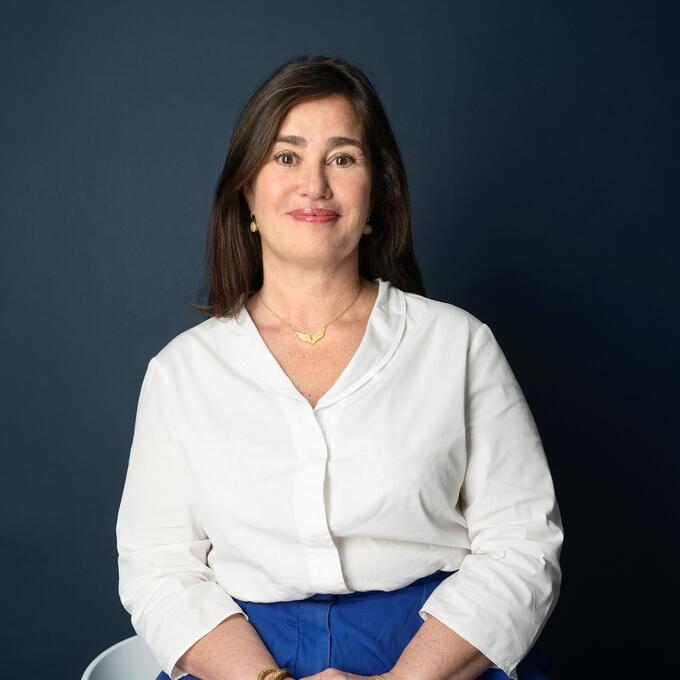Bond yields are rising... but so what? That's what some European investment grade (IG) companies that have managed their cash skilfully might say. Many of them have taken advantage of the long period of low or even negative yields, to optimise their balance sheets by extending the maturity of their debt, reducing its average rate or building up abundant liquidity.
According to a JP Morgan study, cash on the balance sheet of these companies has almost doubled since 2006. The trend accelerated in 2020: from €380 billion, the amounts climbed to more than €500 billion. While the rise in yields is painful for those who have not optimized their balance sheet, others are even benefiting from this rise thanks to the return on their cash at rates that have become very attractive.
Until recently, holding cash could have proved costly, but with the yield curve that has now inverted, their cash is currently earning more than the cost of their debt. For example, investing in cash for a year with the German government yields almost 3.75%! What's more, with an inverted yield curve, the temptation to invest cash over the long term and risk finding yourself in a complicated situation, as was the case for the US regional banks, is no longer on the agenda.
Some argue that the situation is not entirely rosy, however: on average, profits are falling, debt ratios are rising and interest cover ratios are falling.
Two things should be borne in mind, however: these are averages, and some ratios, such as the interest cover ratio, are coming from historically high levels. For example, the interest cover ratio fell from 18x at the start of the year to 15x in September, but the average over the last 10 years has been more like 12x.
So, is the glass half empty or half full? If we believe in the maxim "the market is always right", the glass is more likely to be half full, although it remains cautious. In Europe, between 1 and 18 September, more than 80 bonds were issued. Demand was strong and initial guidance were often lowered. However, only 5 bonds did not see their risk premium tighten, a sign that investors continued to buy after the issue.
Not all the lights are green, however, as the market is being cautiously selective. FNAC, a speculative-grade issuer, is a case in point. After giving indications that were too tight for investors' liking, the French retailer finally pulled out without issuing a bond.
So what can we expect next? Fundamentals remain strong for many issuers and the expected slowdown in new issuance will provide support for the IG bond market. Provided to focus on issuers that have managed their balance sheets ingeniously, the European corporate bond market still has a bright future ahead of it.



